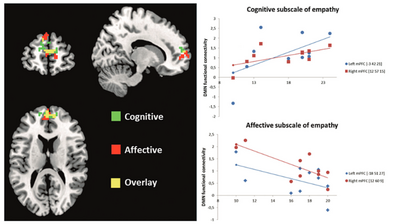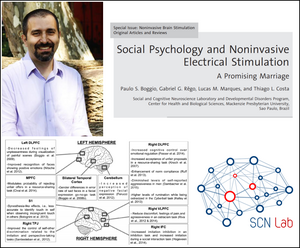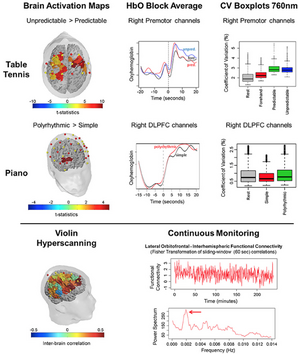Highlights
In the following weeks until the start of SPSAN in August, we will be bringing you a series of Research Highlights on relevant topics in Social and Affective Neuroscience. Watch this space or follow us on Twitter, Facebook and Instagram for updates.
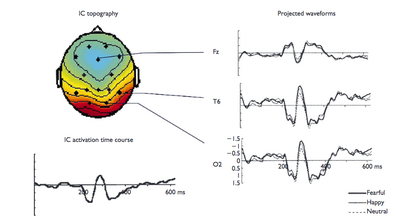
Emotional expression boosts early visual processing of the face
Our speaker Sato and colleagues (2001) demonstrated that viewing emotional facial expressions enhance early visual face processing compared to viewing neutral faces, and amygdala re-entrant projections might be underlying.
Empathy by default: correlates in the brain at rest
Empathy is the ability to perceive and understand others' emotional states and cognitive processes. This recent paper from our speaker Oscar Gonçalves and colleagues (2018) showed a critical role of medial cortical regions of the anterior Default Mode Network for both cognitive and emotional domains of the empathic process.
Social Psychology and Noninvasive Electrical Stimulation
Paulo Sérgio Boggio is the SCNLab director, the main organizer of SPSAN, and one of our confirmed speakers. In 2016 Paulo and colleagues published this interesting review article, which explores the potential of Transcranial Direct Current Stimulation (tDCS) on the study of Social Psychology phenomena like Prejudice, Decision Making, Empathy, and others.
From the lab in US to a remote village in Cambodia – cross-cultural emotional research
Parkinson, Walker, Memmi and Wheatley published an important paper in 2017 that reveals a great deal about how emotions are viewed across different and often distant cultures. The researchers left the lab behind and traveled to Ratanakiri in Cambodia to collect data in a naturalistic setting. Even though they live in a remote village, ethnic Kreung participants performed above-chance in the recognition of dynamic point-light displays of basic emotions such as anger, fear, happiness and sadness from an American perspective, as well as complex emotions such as pride. These amazing findings shed light on how emotions are more based on aspects of human physiology than cultural context.
Don't miss a chance to learn from Thalia Wheatley - apply to SPSAN now!
Brain activity in social interaction
This in-depth paper by Lauri Nummenmaa and colleagues showcases the power of inter-subject correlation (ISC) analysis for investigating shared social experiences between individuals - what they term conceptual synchronies. This form of analysis can be employed as both a statistical predictor and index of brain activity in social interaction, as shown to great effect in the paper's vivid examples.
Don't miss a chance to learn from this exceptional researcher - apply to SPSAN now!
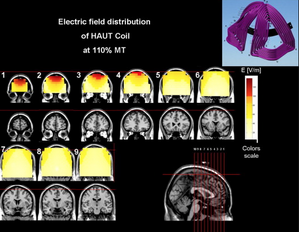
Transcranial Magnetic Stimulation and Autism
Our speaker Peter Enticott and colleagues (2014) showed that transcranial magnetic stimulation can reduce self-reports of symptoms related to social interactions and anxiety levels during difficult social interactions and emotional situations in Autism Spectrum Disorders.
The deadline is approaching, so apply now to SPSAN!
Functional Near Infrared Spectroscopy in unrestricted setting
João Sato, one of our confirmed speakers, has just published this interesting article, which explores the potential of Functional Near Infrared Spectroscopy (fNIRS) for evaluating the neural correlates of cognitive and motor processes in unrestricted settings, thus obtaining greater ecological validity. The potential contributions of fNIRS lie mainly in the technical advancement of cognitive neuroscience for the expansion of previously limited studies in this area.
Don't miss out on an opportunity to meet and learn from this excellent researcher - apply to SPSAN now!
Emotional body maps
Have you seen this image before?
It’s from a 2014 paper by Lauri Nummenmaa which investigates self-reported body emotions in adults. The body maps were extracted from a task where participants identified regions of the body which they felt increased or decreased in activation when experiencing different emotions.
Don't miss out on an opportunity to meet and learn from this excellent researcher - apply to SPSAN now!

Friendship and brain activity
You might have more in common with your close friends than you think! Together with colleagues, Thalia Wheatley (2018) showed that when friends view audiovisual stimuli, the corresponding neural response pattern is more similar the closer they are as friends. As such, close friends seem to perceive the world in very similar ways!
Apply to SPSAN now to meet this exceptional researcher in person!

Developmental course of frontal white matter maturation
This recent paper from Oscar Gonçalves and colleagues (2017) highlights the extended developmental course of frontal white matter maturation as evidenced by DTI measures. Specifically, it was demonstrated that the prefrontal cortex development is continuous, in line with observed improvements in higher-level cognitive functions from adolescence to adulthood.
Don't miss out on an opportunity to meet and learn from this excellent researcher - apply to SPSAN now!

Facial emotional expressions - from the amygdala to the neocortex
Wataru Sato and colleagues (2016) demonstrated that viewing facial emotional expressions in their dynamic form leads to rapid and directed processing, from the amygdala to the neocortex, as soon as 200ms after stimulus onset. The directional connectivity from the amygdala (associated with emotional processing) to the neocortex (associated with perceptual, cognitive, and motor processing) suggests that emotional processing modulates perceptual, cognitive, and/or motor processing of dynamic facial expressions.
Apply to our SPSAN now to hear this excellent researcher speak in depth about affective neuroscience!

Face coding is bilateral in the female brain
Alice Proverbio and colleagues (2010) showed that face coding encompasses a lesser degree of lateralisation of brain functions in women than men, meaning that face processing is bilateral in the female brain.
To hear more about sex differences in social cognition directly from this excellent researcher, participate in our SPSAN - apply now!
Click here for direct access to this paper.

tDCS modulation and autism-related traits
Peter Enticott's team at the Deakin Child Study Centre uses the latest developments in neuromodulation and electrophysiology to investigate how brain areas involved in social cognition and attention contribute to the behavioural impairments observed in autism. This paper is a good example of how they have employed high definition tDCS to the temporo-parietial junction (the TPJ - involved mainly in sensory integration) and ERP components such as the P100 and N170 to track changes in autism quotient scores. Their findings highlight the interaction between tDCS modulation and autism-related traits, and how impaired TPJ function contributes to some of the symptoms in autism.
Don't miss out on an opportunity to meet and learn from this excellent researcher - apply to SPSAN now!

Social laughter and endogenous opioid release
This recent paper from Lauri Nummenmma's lab investigates the impact of social laughter on endogenous opioid release. They found a significant effect of this type of behavior on self-report measures (with an increase in amusement and calmness after laughter-inducing video vs. resting alone) and µ-opioid-receptor (MOR) availability (with greater MOR release in subcortical structures such as the caudate nucleus, putamen and thalamus, and cortical regions such as cingulate cortex, insula and frontal cortex). By exploring how one of our most common forms of behavior relates to the modulation of neurobiological response, this paper broadens our understanding of the behavioral and opioid-related effects of social laughter in Affective Neuroscience.
So don't miss our School - this topic will be covered in one of our lectures by the author himself.
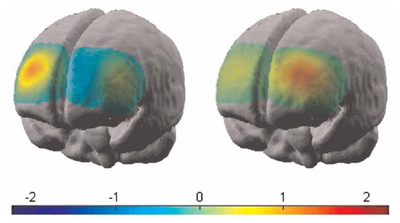
Using NIRS in Social and Affective Neuroscience
This recent paper explores the potential of near-infrared spectroscopy (NIRS) for investigating some of the main topics in social and affective neuroscience, such as recognition of facial expressions and emotional response, as well as dyadic and triadic social interactions in everyday contexts. The paper also takes a look at combining NIRS with other experimental measures such as fMRI, EEG and physiological recording and the research issues such combinations are well-suited to address, as well as identifying future developments and research trends in the field.
![Universidade Presbiteriana Mackenzie [Universidade Presbiteriana Mackenzie]](/fileadmin/CONFIGURACOES/DEFAULT_21/Resources/Public/Template/img/logo/universidade_mack_v2.svg)

